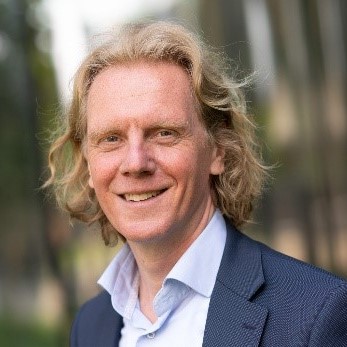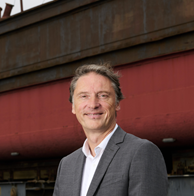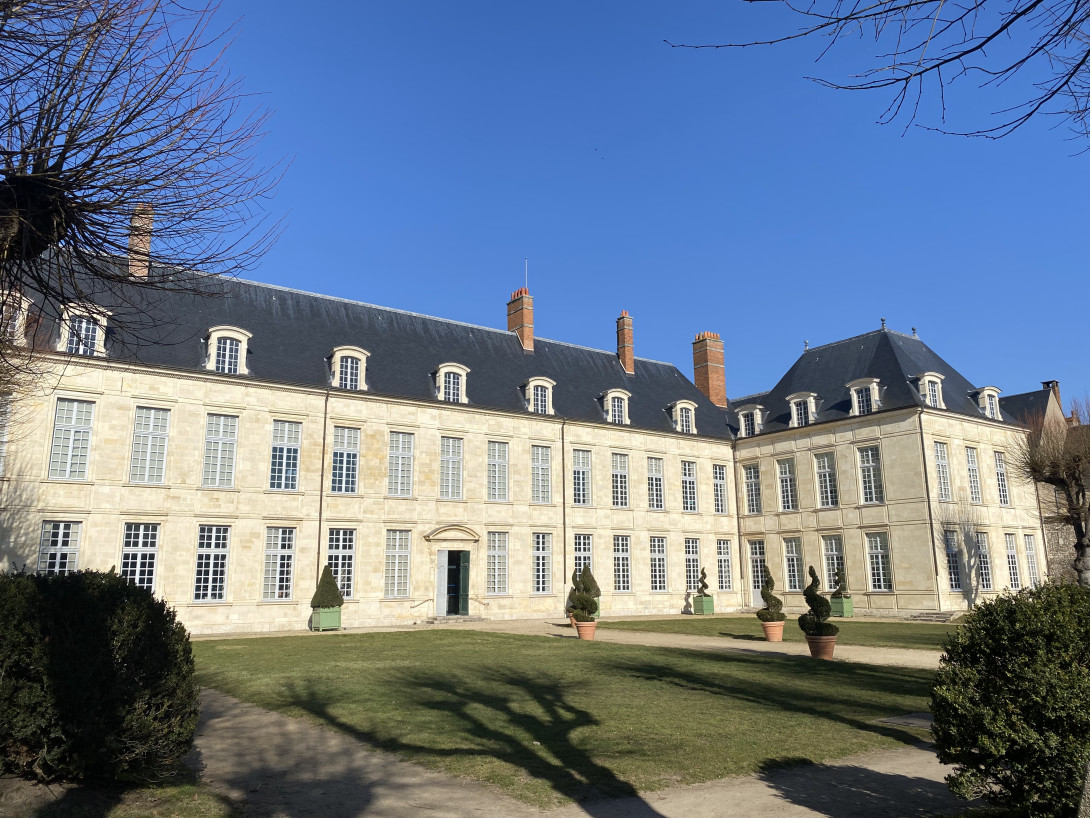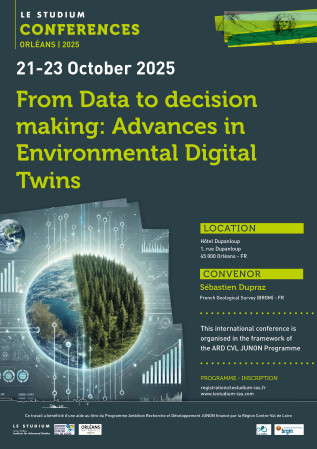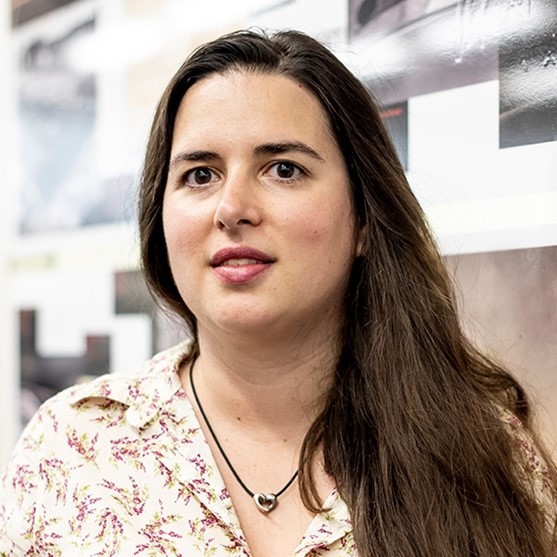
Think Through Design Architectural, Urban and Landscape Design Studio Marianna Charitonidou
Address: 119 Artemidos, 17562, Athens - Greece
Email: m.charitonidou@icloud.com
Dr. Marianna Charitonidou is the Founder and CEO of Think Through Design Architectural, Urban and Landscape Design Studio Marianna Charitonidou (https://charitonidou.com). She is a licensed architect engineer, urbanist, and historian/theorist of architecture and urbanism. She holds a PhD Degree and an MPhil Degree from the National Technical University of Athens, an MSc Degree from the Architectural Association, and a Master’s Degree from the Aristotle University of Thessaloniki. She is the author of many books, among which are: Reinventing Modern Architecture in Greece: From Sentimental Topography to Ekistics (London, New York: Routledge, 2025), Architectural Drawings as Investigating Devices: Architecture’s Changing Scope in the 20th Century (Routledge, 2023) and Drawing and Experiencing Architecture: The Evolving Significance of City's Inhabitants in the 20th Century (Transcript Publishing, 2022). Among her highly cited scientific publications is “Urban scale digital twins in data-driven society: Challenging digital universalism in urban planning decision-making” published in the International Journal of Architectural Computing. She has been teaching at the University level since 2012. She has been a Lecturer and Researcher at ETH Zurich, Princeton University, Columbia University, École française de Rome, the Getty Research Institute and the Canadian Centre for Architecture. She has received many awards for her research, teaching, conferences and writings on architecture and urban studies. She curated the exhibition The View from the Car: Autopia as a New Perceptual Regime (https://viewfromcarexhibition.gta.arch.ethz.ch/) at ETH Zurich.
Urban scale digital twins and shaping a sustainable future of city planning: Socio-technical perspectives and urban planning policymaking
The presentation aims to explore how urban scale digital twins can combine social and environmental equity. A point of departure of the presentation is the fact that the debates on smart cities often focus on technical issues, neglecting the social aspects of urban planning. My presentation intends to investigate how the role of urban scale digital twins in shaping urban policies can be informed by socio-technical perspectives that incorporate social and policy issues related to democracy and climate change. To combine environmental and social equity, it is pivotal to bring together the social and technical viewpoints of urban planning. This can become possible by establishing decision-making strategies that focus on how participatory design methods can be related to using urban scale digital twins in policy-making concerning urban planning. At the core of the presentation is the comparison of different cases of urban scale digital twins worldwide. I also scrutinise how each of them treated data collection and the role of citizens in decision-making. Recently, the notion of urban scale digital twin has acquired a central place in the domain of urban planning and particularly within the field concerning smart cities design. The potential of urban-scale digital twins lies mainly in their capacity to monitor activities in the city and use the monitoring data to shape more sustainable design solutions. Among the technologies used to create urban-scale digital twins are the Internet of Things (IoT), cloud computing, big data, and Artificial Intelligence (AI). “Digital twin” is a term used to refer to the digital representation that enables comprehensive data exchange. It can contain models, simulations, and algorithms describing their counterparts and their features and behaviour in the real world. A “digital twin” is a digital representation of a physical process, person, place, system, or device. Digital twins are conceptualised as digital replicas of physical entities. They are based on technological advances such as sensing, processing, and data transmission. Apart from the field of urban analytics, they are also used in the domain of computational social sciences. Within the framework of the endeavour to explore design methods that promote sustainability on both the urban and architectural scale, the presentation will analyse the potential of urban scale digital twins lies mainly in their capacity to monitor activities in the city and to use the data of monitoring for shaping more sustainably efficient design solutions.



